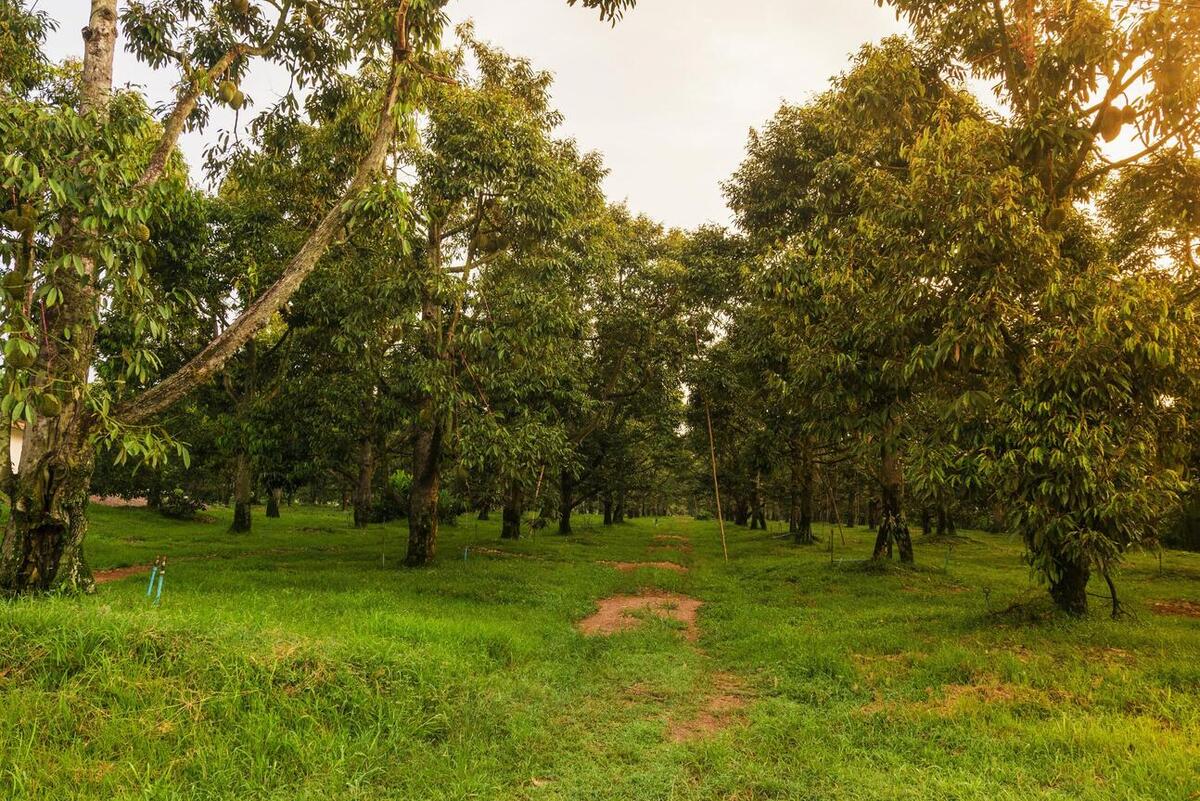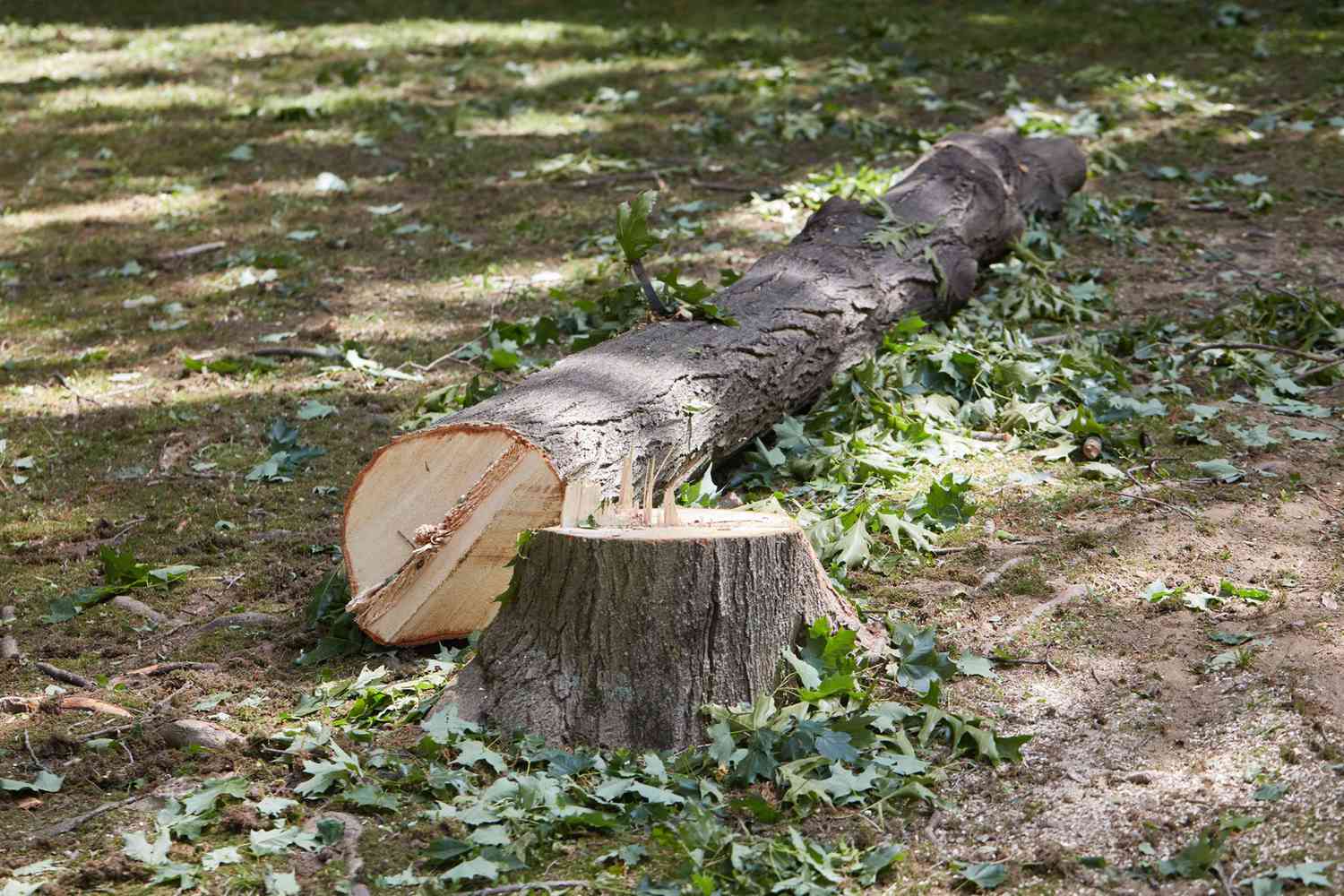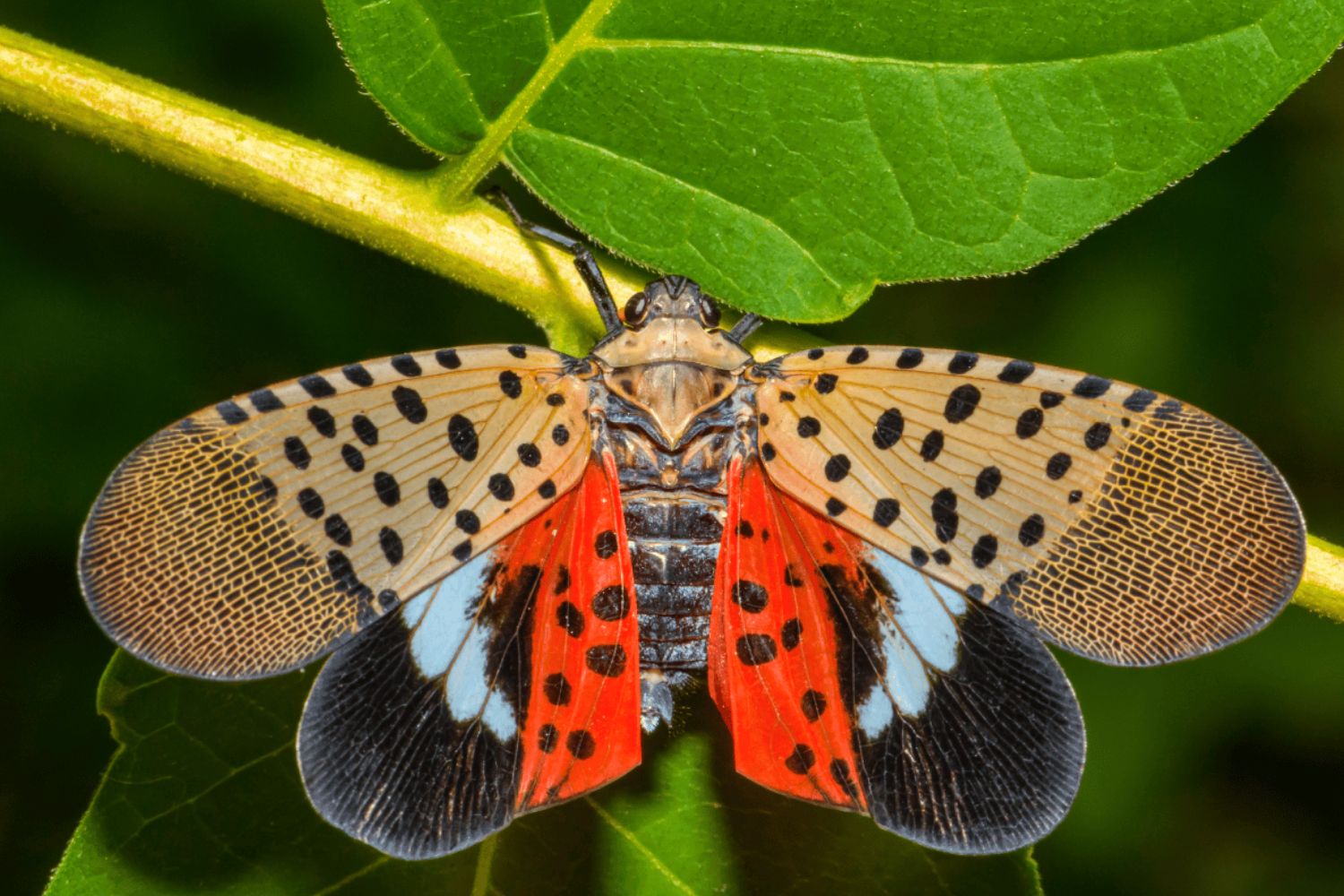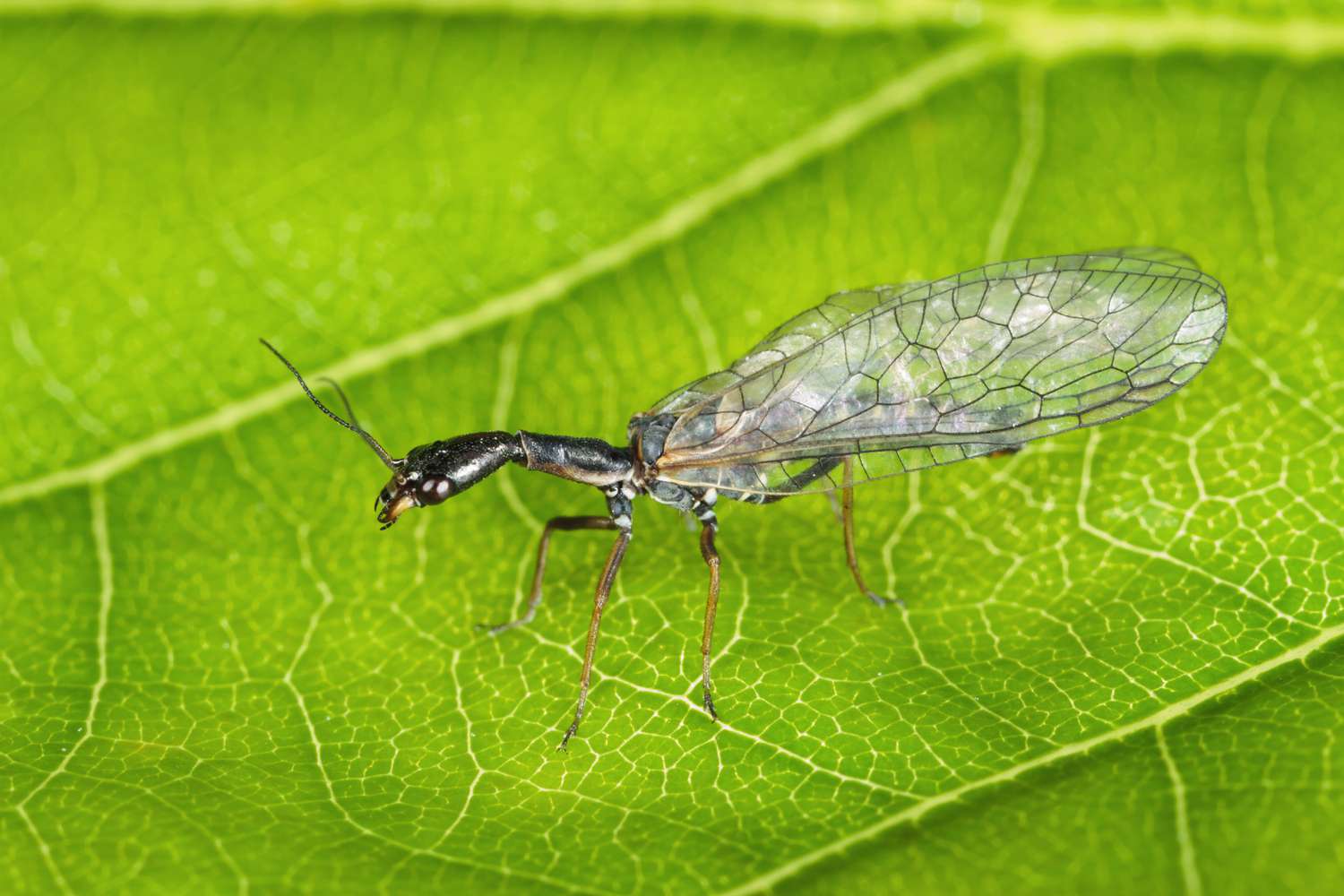Home>Gardening News and Trends>Latest News>How Many Trees In The Amazon Rainforest
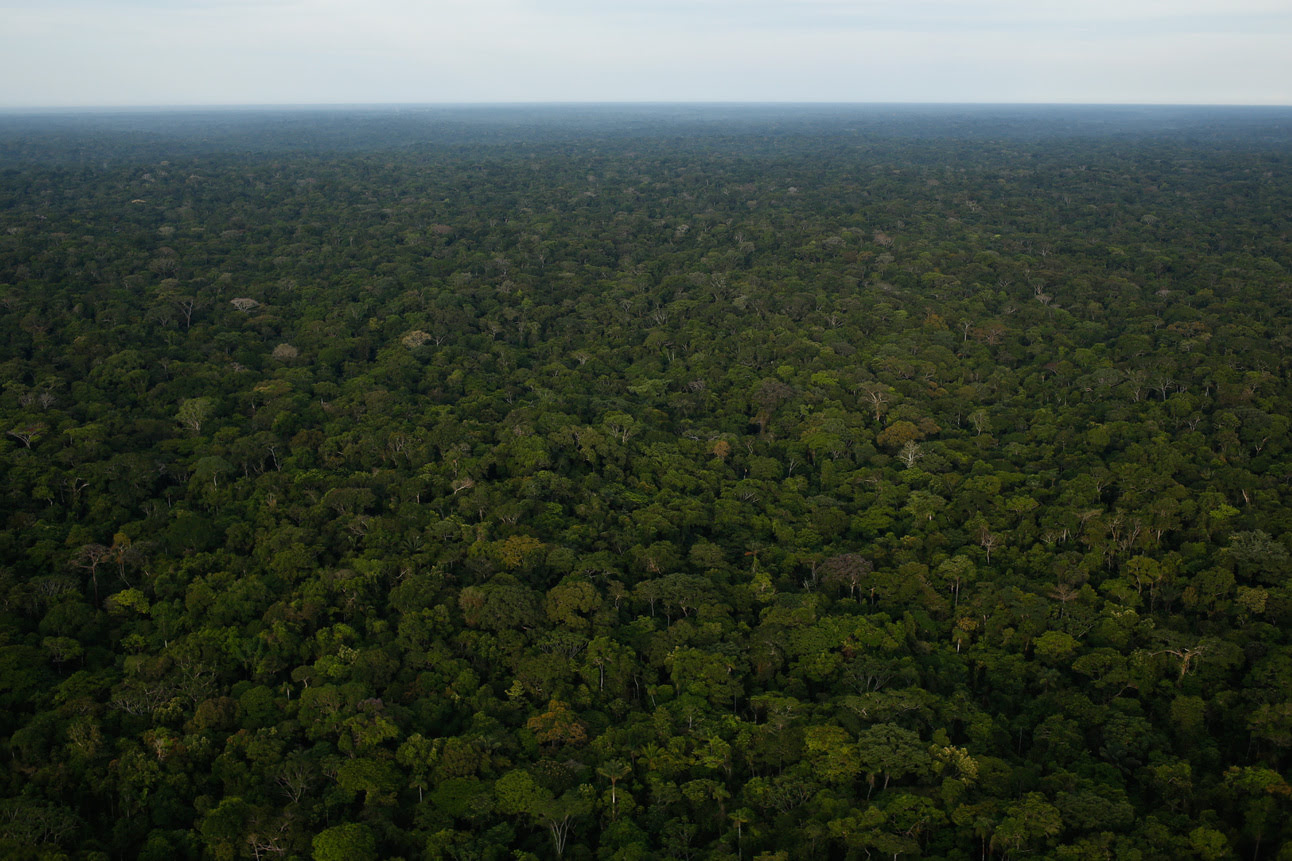

Latest News
How Many Trees In The Amazon Rainforest
Modified: January 22, 2024
Stay up to date with the latest news on the number of trees in the Amazon Rainforest. Explore the current data and updates in our comprehensive article.
(Many of the links in this article redirect to a specific reviewed product. Your purchase of these products through affiliate links helps to generate commission for Chicagolandgardening.com, at no extra cost. Learn more)
Table of Contents
- Introduction
- Importance of the Amazon Rainforest
- Deforestation in the Amazon
- Estimating the Number of Trees in the Amazon Rainforest
- Methods and Techniques Used in Estimating Tree Count
- Factors Affecting Tree Population in the Amazon
- Results and Findings of Tree Count Studies
- Significance and Implications of Tree Count in the Amazon Rainforest
- Conclusion
Introduction
The Amazon rainforest is a magnificent ecosystem that spans over 6.7 million square kilometers across South America, making it the largest tropical rainforest in the world. It is home to an incredible array of plant and animal species, many of which are found nowhere else on the planet. The Amazon Rainforest is not only a biodiversity hotspot, but it also plays a vital role in global climate regulation and provides numerous ecosystem services.
The region is often referred to as the “lungs of the Earth” due to its significant contribution to oxygen production and carbon dioxide absorption. The dense vegetation, comprised of lush trees, acts as a natural carbon sink, helping to mitigate the effects of climate change. Additionally, the Amazon River, which flows through the rainforest, is the largest river by discharge volume in the world, further demonstrating the ecological importance of this vast and diverse ecosystem.
However, despite its critical role in environmental balance, the Amazon Rainforest is facing significant threats, primarily from deforestation. The rate of deforestation in the Amazon has been alarmingly high in recent decades, primarily driven by factors such as agriculture, logging, mining, and infrastructure development.
Understanding the number of trees in the Amazon Rainforest is crucial for assessing its overall health and the impact of deforestation. Accurately estimating the tree count can provide valuable insights into the state of the ecosystem, help monitor changes over time, and inform conservation efforts. In this article, we will delve into the various methods and techniques used to estimate the number of trees in the Amazon Rainforest, as well as explore the factors affecting tree populations and the implications of these findings.
Importance of the Amazon Rainforest
The Amazon Rainforest is a vital resource not only for the countries it spans but for the entire planet. Its significance extends beyond its breathtaking biodiversity and captivating landscapes. Here, we explore the key reasons why the Amazon Rainforest is of utmost importance:
- Biodiversity: The Amazon Rainforest is known as the “world’s pharmacy” due to its abundance of plant and animal species, many of which are yet to be discovered or studied. It is estimated that this region is home to more than 40,000 plant species, 1,000 bird species, 3,000 types of fish, and 430 different mammals. The vast diversity of life forms makes the Amazon Rainforest a globally recognized hotspot of biodiversity, holding immense scientific and ecological value.
- Carbon Sink: The trees in the Amazon Rainforest serve as essential carbon sinks. Through the process of photosynthesis, they absorb carbon dioxide from the atmosphere and release oxygen, contributing to oxygen production and playing a crucial role in mitigating climate change. Conserving the forest’s immense carbon storage potential is vital for maintaining a stable global climate.
- Climate Regulation: The Amazon Rainforest plays a significant role in regional and global climate patterns. Its dense vegetation releases vast amounts of moisture into the air through transpiration, creating a “flying river” effect. This moisture contributes to rainfall patterns and helps cool the planet by influencing cloud formation and regulating local and regional temperatures.
- Indigenous Communities: The Amazon Rainforest is home to numerous indigenous communities who have lived in harmony with the environment for centuries. Their traditional knowledge and sustainable practices are invaluable resources for understanding the forest’s delicate balance and how to coexist with nature. Preserving the rainforest ensures the continuity of their cultures, livelihoods, and unique way of life.
- Medicinal Potential: Many of the plant species found in the Amazon Rainforest have significant medicinal properties. Indigenous cultures in the region have long used plant-based remedies for various ailments. Continued exploration of these resources offers the potential for invaluable discoveries and the development of new medicines that could benefit global healthcare.
- Water Cycle: The Amazon Rainforest plays a crucial role in regulating the water cycle. It functions as a giant sponge that absorbs and stores rainwater during the wet season, gradually releasing it during the dry season. This steady flow of water not only supports the diverse ecosystem but also provides water for agricultural activities, navigation, and human consumption in surrounding regions.
The Amazon Rainforest is a natural wonder, providing a multitude of ecosystem services that benefit the planet and its inhabitants. Understanding its significance fosters a sense of responsibility to protect and preserve this invaluable resource for future generations.
Deforestation in the Amazon
Deforestation in the Amazon Rainforest is a significant environmental issue that has garnered global attention. This process involves the clearing and removal of forests, primarily for agricultural expansion, logging, mining, and infrastructure development. The consequences of deforestation in the Amazon are far-reaching and impact various aspects of the ecosystem and human well-being. Here, we explore the key aspects of deforestation in the Amazon:
- Agricultural Expansion: One of the main drivers of deforestation in the Amazon is the expansion of agriculture, particularly for soybean and cattle production. Large areas of forest are cleared to make way for commercial farming, resulting in the loss of valuable habitat for countless plant and animal species.
- Logging: Illegal logging practices also contribute to deforestation in the Amazon. Trees are cut down for timber, which is then used for various purposes, including construction and furniture production. Unregulated logging not only results in habitat destruction but also disrupts the delicate balance of the forest ecosystem.
- Mining: The extraction of minerals and resources, such as gold and iron ore, is another driver of deforestation. Mining activities involve clearing large areas of forest and polluting water bodies, leading to the destruction of critical habitats and the displacement of indigenous communities.
- Infrastructure Development: The construction of roads, dams, and other infrastructure projects in the Amazon often leads to deforestation. These projects open up previously inaccessible areas, facilitating further exploitation and encroachment into the forest.
- Climate Change: Deforestation in the Amazon has significant implications for climate change. Trees act as carbon sinks, absorbing carbon dioxide from the atmosphere. When forests are cleared, this carbon is released back into the atmosphere, contributing to greenhouse gas emissions and exacerbating the effects of climate change.
- Biodiversity Loss: The destruction of the Amazon Rainforest results in the loss of countless plant and animal species, many of which are endemic to the region. The shrinking habitat leads to habitat fragmentation and isolation, reducing genetic diversity and increasing the risk of species extinction.
- Disruption of Indigenous Communities: Deforestation has severe social impacts as well, particularly on indigenous communities that depend on the forest for their livelihoods and cultural practices. These communities often face forced displacement and struggle to maintain their way of life in the face of deforestation.
Addressing deforestation in the Amazon is crucial for the overall health of the planet. It requires a combination of local, national, and international efforts, including sustainable land-use practices, enforceable regulations, and support for indigenous communities. The preservation of the Amazon Rainforest is not only vital for the protection of its remarkable biodiversity but also for maintaining a stable climate and securing a sustainable future for generations to come.
Estimating the Number of Trees in the Amazon Rainforest
Accurately estimating the number of trees in the Amazon Rainforest is a complex task due to the vastness and density of the forest. However, various methods and techniques have been developed to provide valuable insights into the tree count and the overall health of the ecosystem. Here, we explore the approaches used to estimate the number of trees in the Amazon Rainforest:
- Sampling Techniques: One common method used to estimate tree count is through the use of sampling techniques. Scientists select specific plots or areas within the rainforest and measure the number of trees within those sample areas. They then extrapolate this data to estimate the total tree count for the entire forest. This method is based on statistical analysis and requires careful selection of representative sample areas.
- Satellite Imagery: Advances in remote sensing technology, particularly satellite imagery, have revolutionized tree count estimation. High-resolution satellite images can capture detailed information about forest cover, including tree density, height, and canopy structure. By analyzing these images, scientists can derive estimates of the number of trees in specific areas and extrapolate this data to estimate the overall tree count in the Amazon Rainforest.
- Airborne Laser Scanning: Airborne laser scanning, also known as LiDAR (Light Detection and Ranging), is another technique used to estimate tree count. Laser beams are emitted from aircraft or drones, and the time it takes for the beams to bounce back after hitting tree canopies is measured. This data allows scientists to calculate tree heights and extrapolate tree count estimations. LiDAR technology provides highly accurate and detailed information, making it a valuable tool in forest monitoring and assessment.
- Ground-Based Surveys: Ground-based surveys involve physically counting and measuring trees within specific plots or transects. This method requires meticulous fieldwork, with scientists and researchers walking through the forest and recording tree characteristics and locations. Ground-based surveys provide accurate data but are time-consuming and limited in their spatial coverage.
- Combining Methods: Many studies utilize a combination of different methods to estimate tree count in the Amazon Rainforest. By integrating data from various sources, such as satellite imagery, LiDAR, and ground-based surveys, scientists can obtain a more comprehensive understanding of tree populations and reduce potential biases or limitations associated with individual techniques.
It is important to note that estimating the number of trees in the Amazon Rainforest is not a straightforward task and comes with inherent challenges. The vastness and complexity of the ecosystem, together with technological limitations and the need for representative sampling, make precise estimations difficult. However, the combination of various methods and ongoing advancements in technology continues to improve our understanding of tree count and its implications for the Amazon Rainforest.
Methods and Techniques Used in Estimating Tree Count
Estimating the number of trees in the Amazon Rainforest requires the use of various methods and techniques that leverage advanced technology and scientific expertise. These approaches play a crucial role in understanding the tree population dynamics and monitoring changes over time. Here, we discuss some of the key methods and techniques used in estimating tree count in the Amazon Rainforest:
- Sampling Techniques: Sampling techniques involve the selection of specific plots or areas within the rainforest for data collection and analysis. Scientists measure various parameters, such as tree diameter, height, and species composition, within these sample areas. Through statistical analysis, they extrapolate these measurements to estimate the number of trees for the entire forest. Transect sampling and quadrat sampling are commonly used methods within this approach.
- Satellite Imagery and Remote Sensing: The application of satellite imagery and remote sensing has revolutionized tree count estimation. High-resolution satellite images capture detailed information about forest cover, including tree density, canopy structure, and vegetation indices. This data is analyzed using specialized algorithms and image processing techniques to estimate the number of trees within specific areas. Additionally, advancements in LiDAR and hyperspectral imaging provide more accurate and detailed information for tree count estimations.
- Forest Inventory: Forest inventory combines field-based measurements and data collected through remote sensing to estimate tree count. Field-based measurements involve ground surveys where scientists physically count and measure trees within sample plots. These measurements are then combined with remote sensing data to create models and extrapolate tree count for the entire forest. Forest inventory is a comprehensive approach that ensures accuracy and reliability in tree count estimations.
- Airborne Laser Scanning (LiDAR): Airborne laser scanning, also known as LiDAR, is an advanced technique used to estimate tree count in the Amazon Rainforest. Laser beams emitted from aircraft or drones measure the time it takes for the beams to bounce back after hitting tree canopies. This information allows for the calculation of tree heights and the creation of detailed 3D models of the forest. LiDAR provides precise and high-resolution data, enabling accurate tree count estimations.
- Combination Approaches: Many studies combine multiple methods and techniques to estimate tree count in the Amazon Rainforest. For example, combining field-based measurements with satellite imagery and LiDAR data provides a more comprehensive and accurate assessment of the tree population. These hybrid approaches allow for cross-validation of results and help overcome limitations associated with individual methods.
These methods and techniques have significantly advanced our understanding of the tree count in the Amazon Rainforest. However, each approach comes with its own strengths and limitations, and ongoing research and technological advancements are continually improving the accuracy and efficiency of tree count estimations.
Factors Affecting Tree Population in the Amazon
The population of trees in the Amazon Rainforest is influenced by a variety of factors, both natural and human-induced. Understanding these factors is essential for comprehending the dynamics of the tree population and its vulnerability to environmental changes. Here, we discuss some of the key factors that affect tree populations in the Amazon:
- Climate and Precipitation: Rainfall patterns and climate play a significant role in shaping tree populations in the Amazon. The region’s high annual precipitation and consistent temperatures create favorable conditions for diverse tree species to thrive. Changes in climate, such as alterations in rainfall patterns and temperature fluctuations, can have profound effects on tree growth, regeneration, and overall population dynamics.
- Soil Characteristics: Soil composition and nutrient availability are critical factors influencing tree growth and distribution. The Amazon Rainforest is known for its nutrient-poor soils, which are often heavily weathered and leached. However, the ecosystem has adapted to these conditions, with trees developing specialized root systems to access nutrients. Deforestation and land degradation can lead to soil erosion and nutrient depletion, impacting the ability of trees to establish and thrive.
- Seed Dispersal: Seed dispersal mechanisms play a crucial role in tree population dynamics. The Amazon Rainforest has a complex network of seed dispersers, including birds, primates, and other animals. These dispersers play a vital role in the spread of tree species, influencing their spatial distribution and genetic diversity. Changes in seed dispersal patterns, such as the decline or loss of key seed disperser species due to habitat fragmentation or hunting, can have significant impacts on tree population structure and regeneration.
- Forest Fragmentation: The fragmentation of the Amazon Rainforest through activities such as deforestation and infrastructure development can have far-reaching consequences for tree populations. Fragmentation disrupts connectivity and alters environmental conditions, leading to changes in tree species composition and reduced genetic diversity. Fragmented forests are more susceptible to edge effects, increased wind exposure, and altered microclimates, which can impact tree growth, recruitment, and overall population size.
- Human Activities and Disturbances: Human activities, such as selective logging, agriculture, mining, and infrastructure development, exert significant pressure on tree populations in the Amazon. Deforestation, in particular, leads to the direct loss of trees and their habitats. Moreover, these activities often create disturbances within the forest ecosystem, altering natural processes and impacting tree population dynamics.
- Climate Change: Climate change poses a significant threat to tree populations in the Amazon Rainforest. Rising temperatures, changes in precipitation patterns, and increased frequency of extreme weather events can all impact tree growth, survival, and reproduction. A warming climate may enable the expansion of certain tree species while negatively affecting others, potentially leading to shifts in tree community composition and ecosystem dynamics.
These factors interact with one another and can have cascading effects on tree populations in the Amazon Rainforest. Understanding the complex relationships between these factors is crucial for effective conservation and management efforts to ensure the long-term sustainability of the forest’s diverse tree communities.
Results and Findings of Tree Count Studies
Several studies have been conducted to estimate the number of trees in the Amazon Rainforest, yielding valuable results and findings that shed light on the forest’s tree population dynamics. These studies have utilized various methods and techniques, combining field measurements, remote sensing data, and advanced technologies. Here, we explore some of the key results and findings from tree count studies in the Amazon:
- High Tree Diversity: Tree count studies have revealed the remarkable diversity of tree species in the Amazon Rainforest. It is estimated that the region is home to over 16,000 tree species, making it the most biodiverse forest on Earth. This immense tree diversity showcases the importance and ecological significance of the Amazon Rainforest as a hotspot of biodiversity.
- Variation in Tree Density: Tree count studies have indicated significant variation in tree density across different areas within the Amazon Rainforest. Dense patches of trees are often found in certain regions, such as floodplain forests and upland areas, while other areas may have lower tree densities due to specific ecological factors or human activities.
- Impacts of Deforestation: Tree count studies have highlighted the devastating impacts of deforestation on tree populations in the Amazon. Results consistently show significant reductions in tree density and species richness in deforested areas compared to intact forest areas. These findings underscore the urgent need for effective conservation initiatives and sustainable land-use practices to mitigate the detrimental effects of deforestation.
- Hotspots of Endemism: Tree count studies have identified various hotspots of endemism within the Amazon Rainforest, where tree species are found exclusively in specific regions. These hotspots serve as important targets for conservation efforts, as they harbor unique and threatened tree species that require special attention and protection.
- Importance of Large Trees: Studies have emphasized the ecological importance of large trees in the Amazon Rainforest. These giants play a crucial role in forest structure and functioning. They provide key habitats for other species, contribute disproportionately to above-ground biomass, and have a significant impact on carbon storage and climate regulation. Protecting large trees is essential for maintaining the health and resilience of the forest ecosystem.
- Long-Term Monitoring: Tree count studies have highlighted the importance of long-term monitoring to capture changes in tree populations over time. By continuously monitoring tree density, species composition, and abundance, scientists can detect trends, assess the effectiveness of conservation efforts, and inform management strategies for the sustainable future of the Amazon Rainforest.
These results and findings underscore the immense value of tree count studies in understanding the dynamics of tree populations in the Amazon Rainforest. They provide critical insights into the impacts of deforestation, the conservation status of tree species, and the overall health and resilience of this globally significant ecosystem.
Significance and Implications of Tree Count in the Amazon Rainforest
The tree count in the Amazon Rainforest holds significant significance and implications for understanding the health, biodiversity, and sustainability of this magnificent ecosystem. The accurate estimation of tree populations provides valuable insights with far-reaching implications. Here, we explore the significance and implications of tree count in the Amazon Rainforest:
- Ecological Health: The tree count serves as an indicator of the overall ecological health of the Amazon Rainforest. It provides information about the stability and diversity of the forest ecosystem. A decline in tree populations may signify environmental stressors, such as deforestation or climate change impacts, highlighting the need for effective conservation measures to protect the forest’s ecological integrity.
- Biodiversity Conservation: The tree count is crucial for assessing the conservation status of tree species in the Amazon. It helps identify areas of high biodiversity and hotspots of endemism, enabling targeted conservation efforts. Monitoring tree populations aids in the preservation of threatened and endangered species, ensuring the long-term survival of the diverse flora and fauna that call the Amazon Rainforest home.
- Carbon Storage and Climate Regulation: Accurate tree count estimations play a vital role in understanding the carbon storage capacity and climate regulation potential of the Amazon Rainforest. Trees act as carbon sinks, absorbing atmospheric carbon dioxide and helping mitigate climate change. Knowledge of tree populations allows for more precise calculations of carbon stocks and greenhouse gas emissions, facilitating better climate change modeling and informed decision-making.
- Sustainability and Land-Use Planning: Tree count studies inform land-use planning and sustainable development initiatives in the Amazon. The data helps identify areas of high tree density and ecological importance, guiding decisions on protected areas, buffer zones, and sustainable land-use practices. This information ensures the conservation of critical ecosystems while providing opportunities for responsible development and livelihoods for local communities.
- Indigenous Knowledge and Livelihoods: Tree count studies also acknowledge the importance of indigenous knowledge and traditional practices. Indigenous communities have long interacted with and relied upon the trees in the Amazon Rainforest for various purposes, including food, medicine, and cultural practices. Understanding tree populations helps preserve this vital traditional knowledge and supports indigenous livelihoods, promoting sustainable coexistence between human communities and the forest ecosystem.
- Evidence-Based Conservation: Tree count data provides a foundation for evidence-based conservation strategies and policies. Conservation initiatives can be tailored based on specific tree populations and their unique needs. By monitoring changes in tree count over time, scientists and policymakers can assess the effectiveness of conservation efforts and adapt management approaches for better conservation outcomes.
The tree count in the Amazon Rainforest is more than just a number; it holds profound significance for the well-being of the forest, its inhabitants, and the global environment. By gaining a comprehensive understanding of tree populations, we can undertake informed actions to safeguard this invaluable ecosystem and ensure its preservation for future generations.
Conclusion
The Amazon Rainforest, with its vast expanse and rich biodiversity, is a natural marvel that plays a vital role in global climate regulation and ecosystem stability. Accurately estimating the number of trees in this remarkable ecosystem is a complex undertaking that requires the integration of various methods and techniques. From sampling techniques and satellite imagery to airborne laser scanning and ground-based surveys, these approaches have provided valuable insights into the tree count and its significance.
Through tree count studies, we have learned about the astounding diversity of tree species in the Amazon Rainforest and the critical roles they play in carbon storage, climate regulation, and habitat provision. We have also gained a deeper understanding of the severe impacts of deforestation and human activities on tree populations, emphasizing the urgent need for conservation and sustainable land-use practices.
Moreover, tree count information has far-reaching implications. It aids in identifying areas of high biodiversity, guiding conservation efforts and ensuring the preservation of indigenous knowledge and livelihoods. Tree count estimations contribute to evidence-based conservation strategies and inform land-use planning, striking a balance between environmental conservation and sustainable development.
As we move forward, continued monitoring of tree populations in the Amazon Rainforest is imperative. Long-term studies and technological advancements will refine our understanding of the forest’s ecological health, species composition, and response to environmental changes. This knowledge will enable us to take proactive measures to protect and sustain the Amazon Rainforest for future generations.
The tree count in the Amazon Rainforest serves as a reminder of the incredible value and fragility of this ecosystem. It is through our collective efforts, grounded in sound scientific research and respect for indigenous knowledge, that we can work towards conservation, advocacy, and sustainable practices to ensure the long-term survival of this globally significant treasure. By safeguarding the trees of the Amazon Rainforest, we preserve a vital lifeline for the planet and secure a brighter future for all.



